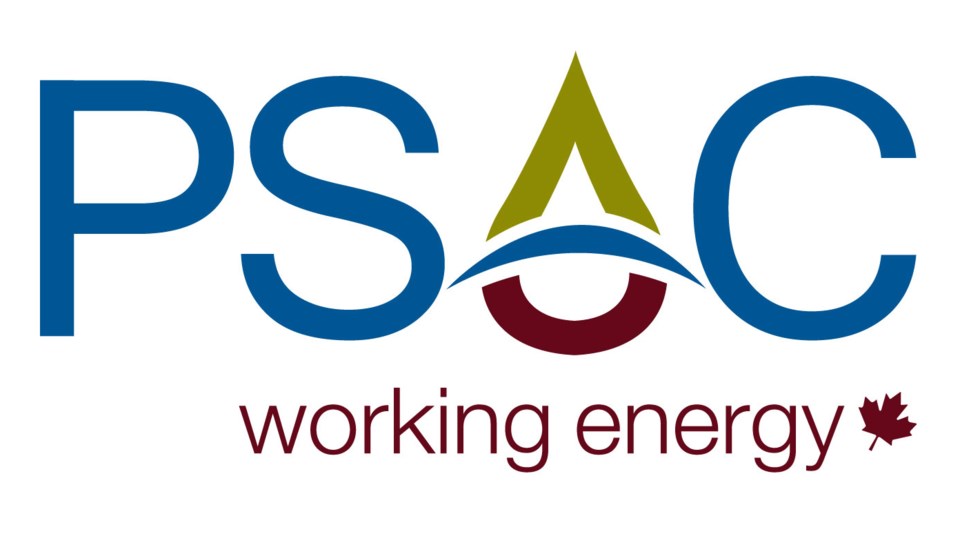The Petroleum Services Association of Canada (PSAC) and JWN have announced the launch of the 2017 PSAC Well Cost Study in a new digitized format, offering users a fully customizable database to compare well costs in more than 150 categories.
The study provides financial, geological and technical data, plus detailed wellbore graphics for each well, allowing users to quickly review detailed estimates for Canadian drilling and completion costs.
“The study is an essential tool for producers, development planners, drilling/completions engineers and petroleum service companies,” said Mark Salkeld, the president and CEO of PSAC.
“Well costs are assembled by independent drilling experts and include approximately 50 typical wells drilled across Canada, detailed wellbore graphics for every representative well, plus data on more than 100 drilling and completion cost components.”
“The PSAC Well Cost Study is a dream come true for engineers and other professionals who spend hours manually putting together authorizations for expenditures (AFEs) for drilling and completions programs,” added Bemal Mehta, the senior vice-president of energy intelligence at JWN.
“Now they have access to digital data that is fully searchable, comparable and customizable and we guarantee the PSAC Well Cost Study will provide you with the most accurate drilling and completions estimates in the business – it’s data for professionals prepared by professionals,” Mehta continued.
The new digital format includes customizable cost comparisons on typical well costs; the ability to quickly build cost estimates for development planning; the capability to anonymously acquire drilling and completion costs; and benchmarks for each PSAC region in terms of formation of interest, well type and completion style.
Since it was first published in 1981, PSAC’s Well Cost Study has been released twice a year in order to recognize changing costs between summer and winter drilling activity and related expenses.
Previously the data was available in PDF format only. By partnering with JWN, the data is now organized in a fully searchable database containing current and historical costs in each category.
“Going digital will significantly increase the study’s value, as it will continue to capture seasonal changes in costs and enable users to customize reports across different formations, at different times of the year, for much more effective reporting results,” said Salkeld.
“PSAC works hard to provide the most current typical well costs and this tool will keep this significant report on the leading edge for years to come.”
The new study is powered by Canoils, a leading provider of financial and asset-level oil and gas data for the Canadian market. The PSAC data neatly complements the existing information found within Canoils’ database.
More information about the study can be found on PSAC’s website.




